More about: 8 Best Things to Do in Stonehenge
Stonehenge is one of the most iconic Stone Age monuments on the planet. Located just 140 kilometers from London, its origin has given rise to a multitude of theories, more or less eccentric. According to archaeologists, its oldest remains are more than 4000 years old.
Besides the beauty of the monument itself, part of Stonehenge's charm lies in the myths about its purpose, so don't hesitate and add this monument to your list of things to see and do on a visit to London.
1. Admire Stonehenge's main attraction
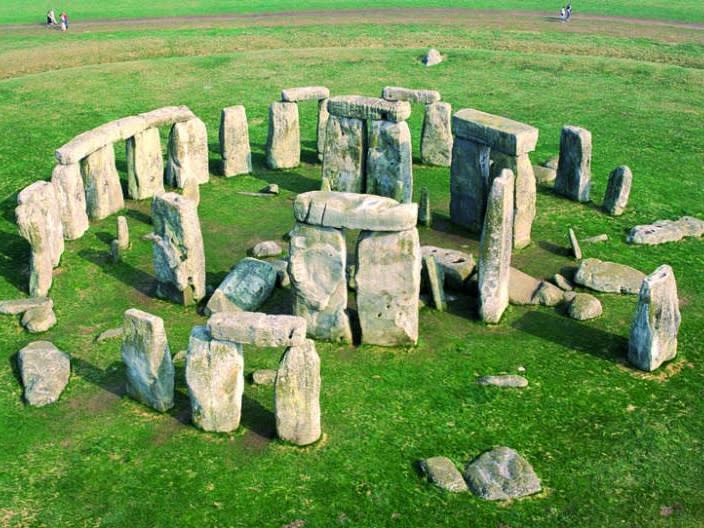
Stonehenge's main attraction is, obviously, its stone circles. Although experts have been studying them for decades, it is still not known exactly what they were built for and what function they had.
Equally unknown is how those ancient builders were able to carry the heavy stones that compose them from a considerable distance.
In short, these circles are a legacy of our ancestors shrouded in mystery and well worth a trip to Stonehenge from London to contemplate them.
2. Experience the Stone Circles
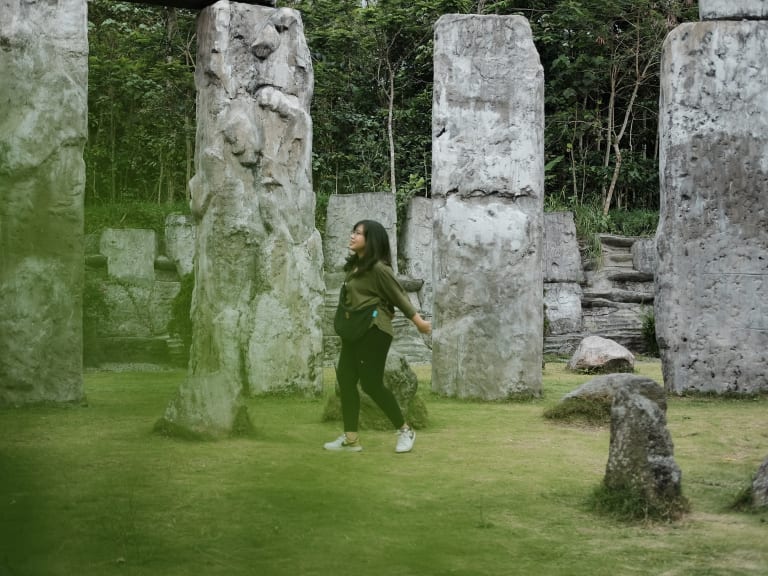
Since the entrance to the interior of the circles mentioned above is not allowed for security and conservation of the monument, almost all visitors can only observe them from behind ropes placed for that purpose.
However, the English Heritage Society, responsible for the operation and care of Stonehenge, organizes organized tours from Salisbury in which you can access the interior of the stones: the so-called "Stone Circle Experience".
Please note that it is essential to book in advance, since the maximum capacity is 30 people and it is strictly forbidden to touch the stones. You may find it easier to book a tour to Stonehenge from London with a guide included, as the previous option does not include it.
3. See the Neolithic Houses
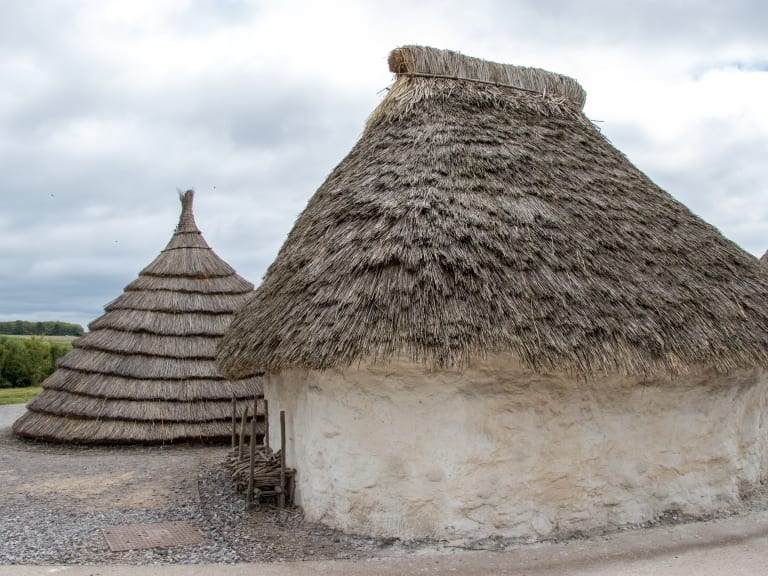
Within the grounds that today form the Stonehenge complex are also interesting replicas of 5 houses from the Neolithic period. All of them were recreated from the findings dated to that period made in excavations carried out in Durrington.
In these have been placed various objects so that visitors can try to understand how people lived about 4500 years ago. To enhance this educational aspect, volunteers explain to visitors various aspects of life in that period of prehistory.
4. Don't miss the special exhibition
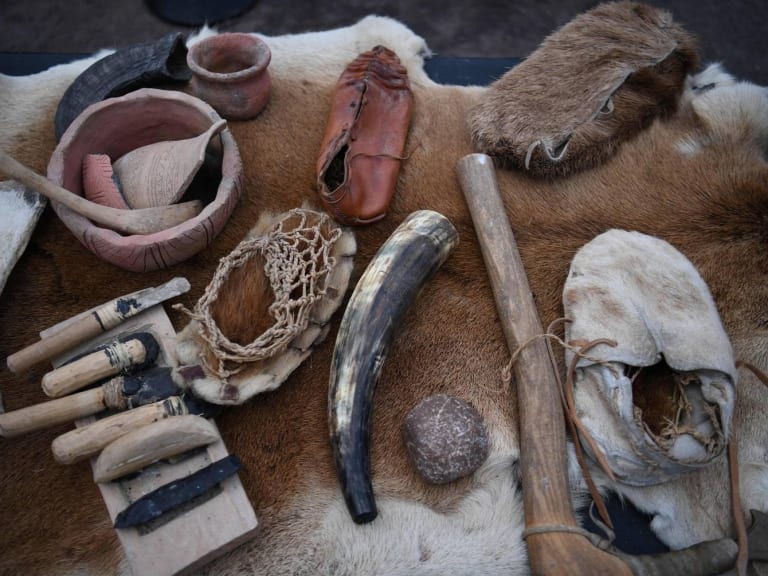
If you've been left wanting to learn more about Stonehenge and its inhabitants, you can always enter a special exhibition that opened in 2015.
This exhibition, named "Wish You Were Here," shows the development of the Stonehenge monument over the years. It also presents the process by which the remains have become an icon around the world.
The exhibits in this exhibition are part of the personal collection of the famous British archaeologist and radio and television presenter Julian Richards, author of several books on Stonehenge. Other objects on loan from the museum in nearby Salisbury and the Wiltshire Museum are also on display.
5. Highly recommended virtual experience

Although Stonehenge is totally related to the life of man in prehistoric times, those who are going to visit it will also be able to use the most modern technologies to enjoy their experience even more.
Thus, in the Stonehenge Visitor Center you can enjoy an audiovisual experience capable of surprising anyone. It is a real journey through time in which, using a 360º view, you will be able to experience how the change of seasons is seen from inside the monument and how the landscape around it changes as the winter and summer solstices approach.
6. Stonehenge and the summer solstice

Stonehenge has for many visitors an important spiritual component. This has meant that, for a long time, the area has been filled with people performing ceremonies of various kinds, especially related to the ancient Druids. All this spirituality increases at certain times of the year. The most important is the summer solstice at Stonehenge on June 21, the longest day of the year.
Proof of the importance of that day has been the decision of English Heritage to digitally live stream these celebrations. It is also a perfect time to enjoy one of the best excursions that can be done from London, which can also be combined with other nearby attractions.
7. Visit the surroundings of Stonehenge
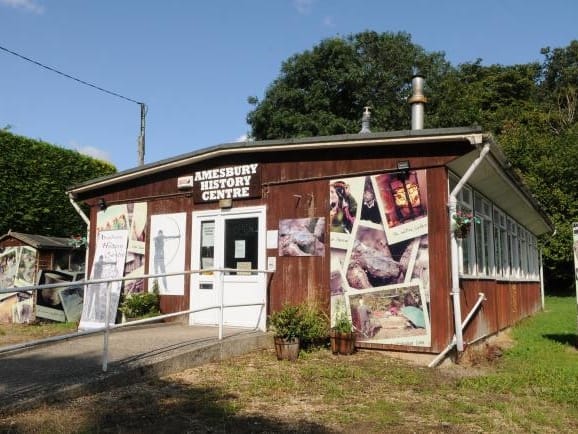
Although Stonehenge is by far the best known monument in the area, there are many other attractions close to the Stonehenge monument that are well worth a visit. These range from more prehistoric remains to very interesting churches.
Those interested in prehistory are in luck if they can visit the whole county. In fact, the area called Salisbury Plain was declared a World Heritage Site because of the large number of Neolithic and Bronze Age remains.
In short, these are the main attractions you can visit after enjoying Stonehenge:
- Old Sarum: this is a hill with a spectacular history: hunters' shelter during the Neolithic, farmers' settlement, fort during Roman rule and Norman castle.
- Amesbury History Centre: the locality appears in the Guinness Book as the oldest settlement in England. Its museum is located at the entrance of Stonehenge and is well worth a stop.
- Stonehenge Stone in Salisbury3: the esplanade is full of Neolithic remains with a similar chronology to Stonehenge. The finding of furniture and other similar pieces makes the experts affirm that it could have been inhabited by upper class people.
- The Abbey Church of St Mary and St Melor: this church is located in Amesbury, quite close to Stonehenge.
- Salisbury Museum: it houses collections with many archaeological finds found in England, especially at Stonehenge. It has a part dedicated to children, so if you have gone with children to London, this can be a good visit for them.
- Wiltshire Museum: it also houses many remains found at Stonehenge, especially from the Bronze Age.
- Bath: is one of the most beautiful cities in the country and has been declared a World Heritage Site. From London you can book excursions that combine the visit to Bath with the visit to Stonehenge.
8. Discover the Stonehenge exhibition
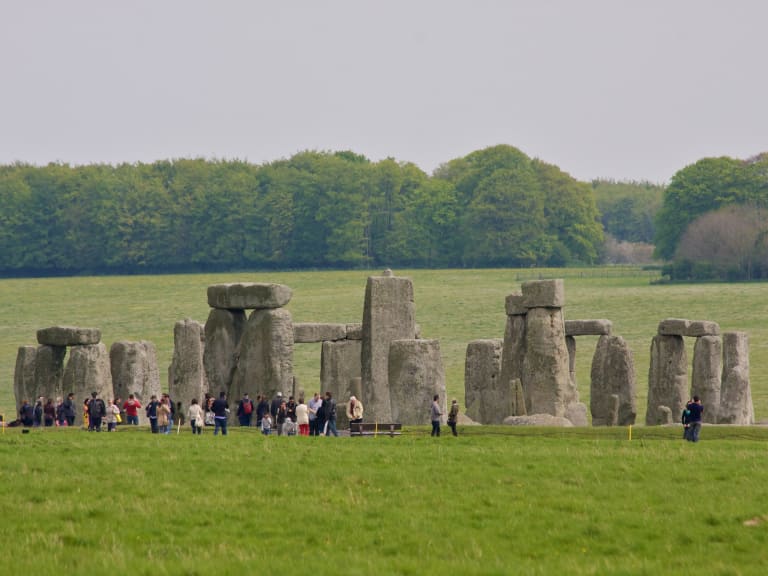
If you want to deepen your knowledge about Stonehenge and its possible builders, a visit to this exhibition is a must.
Here you can learn about all aspects of the monument, from its stones to the people who lived there at the time, the landscape and, of course, the possible meaning of the remains.
All this information is presented with a combination of ancient objects and audiovisual presentations. In total, about 250 archaeological objects are exhibited, such as pottery, tools, jewelry and some human remains.
Joaquín Travel Tip
Although it depends on the taste of each one, my recommendation is not to miss the forensic reconstruction of a human face made from the bones found in the area. It is supposed to have belonged to a man who lived about 5500 years ago.
Where Stonehenge is and how to get there from London

The Stonehenge complex is located in the southwest of England, about 140 kilometers from London. The monument is located in the county of Wiltshire, about 2 miles west of Amesbury.
As I tell you in the article How to get to Stonehenge from London there are several possibilities depending on your tastes and the type of trip you want.
- Use a private vehicle as long as you have no problem adapting to driving on the left. In this case, it will take you about an hour and a half to reach your destination.
- Take public transportation. You will be able to choose between the National Express bus (3 hours trip) that leaves from Victoria Station. Remember that you will have to change at Salisbury.
- The train also forces you to stop in Salisbury, but it is a comfortable option and allows you to go more relaxed.
Recommendations to make the most of your visit to Stonehenge
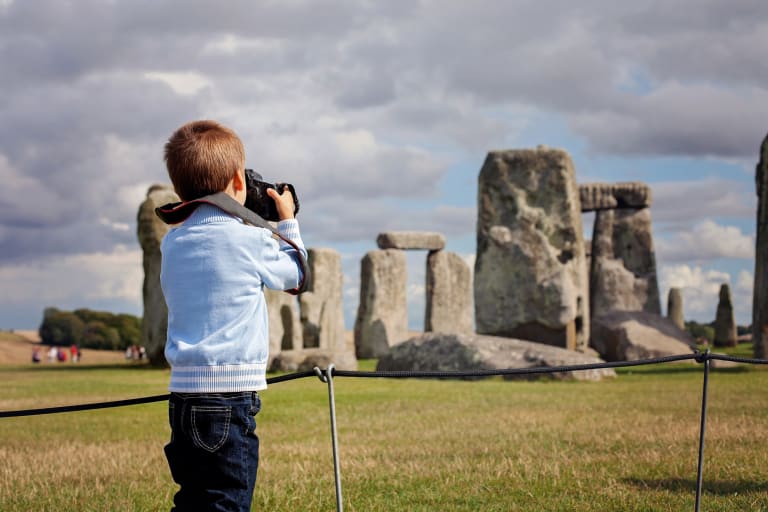
Regardless of the type of transport you use, the first thing you should do when you arrive at Stonehenge is to visit its Visitor Center. This, a modern building but quite well integrated into its scenic surroundings, is located about a mile from the monument.
In this building you will find both the cafeteria and the souvenir store, as well as a kind of interpretation center.
Joaquín Travel Tip
To visit the monument with the necessary information to enjoy it, it is very convenient to stop at the aforementioned interpretation center to learn details such as what are the megalithic monuments.
How long does it take to visit Stonehenge?
In case you have decided for an excursion from London, the most popular option among tourists as it is one of the best that you can do from the capital (especially if you travel to London for 6 days or more), usually the visit to Stonehenge takes about two hours.
Stonehenge Timetable
Although it is always advisable to be informed of possible changes, Stonehenge's opening hours during the low season start at 9:30 am and close at 17:00. During the summer, you can visit until 8:00 pm. Remember that, if you go on your own, it is essential to make a reservation in advance, including the time of arrival.
When is the best time to visit Stonehenge?
Weather is a major concern for those who wish to visit Stonehenge, since the monument is located outdoors. Because of its geographical location, rain (or even snow) is quite common, so the best time to visit Stonehenge is usually in the months of June, July or August.
Is Stonehenge a good monument to visit with children?
Children can greatly enjoy their visit to both London and Stonehenge. Although their interests and age should always be taken into account, the environment and the large stones are usually very appealing to them.




